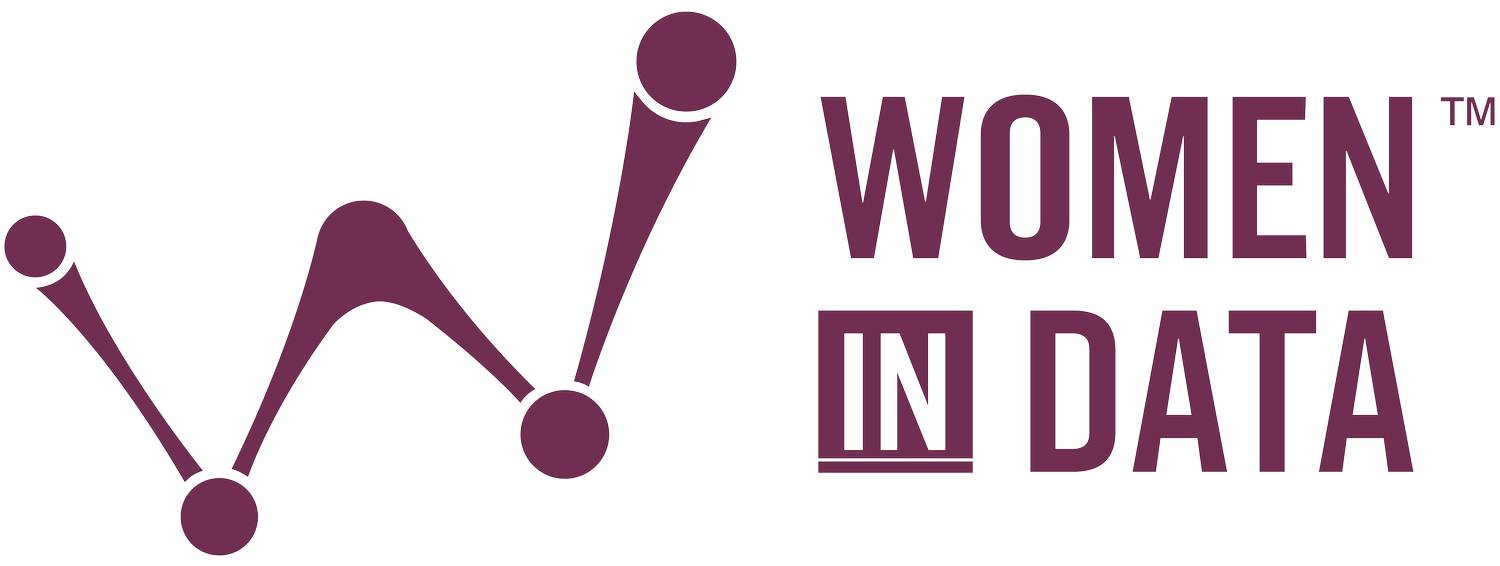When the New Normal becomes normal
New Normal. That is a phrase that has now become….well….normal. Two years ago most of our lives turned upside down. What we thought at first would be a temporary pause in our lives turned out to be a dramatic transformation that we are continuing to experience more than 24 months later.
We at Women in Data not only experienced this transformation ourselves but witnessed the effect the pandemic was particularly having on women around the world.
What we know:
COVID-19 led to life changes for many. There is no denying this trend as almost everyone can point to some aspect of their life that has changed in the past two years. However, the unfortunate trend is the impact of the pandemic on women especially in their careers, whether it is a change in working environment, change in career or leaving the workforce altogether. In a 2021 report released by McKinsey, it was shared that one in four women considered leaving the workforce or downshifting their careers due to pandemic.
Of Women in Data members surveyed last year, several said they had at least some major life changes due to the pandemic.
We’re all burned out and women are feeling it more so than men. According to McKinsey’s Women in the Workplace 2021 report, women are more burned out now than they were in 2020 and one in three women have considered leaving the workforce or downshifting their career.
More flexibility is key. Of our members surveyed, many expressed they preferred either a hybrid or remote working environment. Specifically, more than 40 percent of those surveyed said having a remote work as one of the top reasons for accepting a job offer.
According to McKinsey’s report, HR leaders have pointed to flexible work hours as one of the most effective things done to improve employee well-being. But the report also notes it must be done with clear boundaries or else workers might feel the need to be always-on. We recently shared an article discussing this and the unfortunate trend that women are more likely to feel pressure to be available to work at all times.
The pandemic’s effect on the gender gap. Of course, some things have not changed. Recent data from Pew Research revealed that the pandemic is not widening the gender pay gap. That’s great to hear, but we know the pandemic is not helping the gender gap either. While it may not have significantly affected pay, women’s access to and opportunities in high-paying and in-demand jobs has been affected. According to the World Economic Forum’s Global Gender Gap Report, only two of the eight tracked “jobs of tomorrow” clusters (People & Culture and Content Production) have reached gender parity, while most show a severe underrepresentation of women.
There is some good news. We believe increased awareness is a good first step toward taking meaningful action. A silver lining in this pandemic has been that we found a way to adapt and create a new normal. There is nothing stopping us from making our new normal what we want it to be. Let’s not waste this moment.

